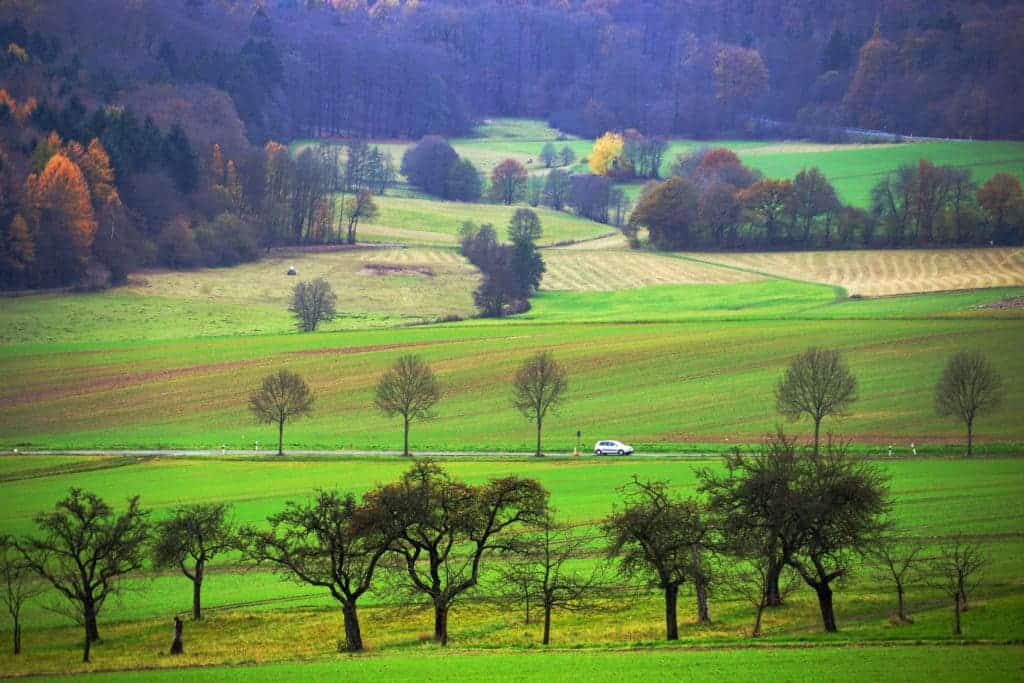Key to the sustainability of humanity and other species, grasslands are now changing due to global change. Climate change, pollution, and other environmental alterations are transforming the plants growing in them in many unexpected ways, according to a new study.

Grasslands provide food for human raised cattle and sheep and are home to animals found nowhere else in the wild, such as the bison of North America’s prairies or the zebras and giraffes of the African savannas. They represent more than 40% of the world’s ice-free land.
At the same time, they can hold up to 30% of the world’s carbon, playing a key role in dealing with climate change. Nevertheless, changes in the plants that comprise grasslands could affect those benefits, according to the paper published in the Proceedings of the National Academy of Sciences.
To us humans, grasslands may be undergoing somewhat of an identity crisis.
“Is it good rangeland for cattle, or is it good at storing carbon?” said lead author Kim Komatsu, a grassland ecologist at the Smithsonian Environmental Research Center. “It really matters what the identities of the individual species are. You might have a really invaded weedy system that would not be as beneficial for these services that humans depend on.”
The research created the most comprehensive evidence to date on how human activities are changing grassland plants. The team looked at 105 grassland experiments around the world. Each experiment tested at least one global change factor–such as rising carbon dioxide, hotter temperatures, extra nutrient pollution or drought.
The research showed that grasslands can be surprisingly tough — to a point. In general, grasslands resisted the effects of global change for the first decade of exposure. But once they hit the 10-year mark, their species began to shift. Half of the experiments lasting 10 years or more found a change in the total number of plant species, and nearly three-fourths found changes in the types of species.
On the other hand, a mere one-fifth of the experiments that lasted under 10 years picked up any species changes at all. Experiments that examined three or more aspects of global change were also more likely to detect grassland transformation.
“I think they’re very, very resilient,” said Meghan Avolio, co-author and assistant professor of ecology at Johns Hopkins University. “But when conditions arrive that they do change, the change can be really important.”
The identity of grassland species can change drastically, without altering the number of species, something that surprised scientists. In half the plots where individual plant species changed, the total amount of species remained the same. In some plots, nearly all the species had changed.
For Komatsu, it’s a sign of hope that most grasslands could resist the experimentally induced global changes for at least 10 years. “They’re changing slowly enough that we can prevent catastrophic changes in the future,” she said. But that timeline is running out.
Furthermore, in some experiments, the current pace of global change transformed even the “control plots” that were not exposed to experimentally higher global change pressures. Eventually, many of those plots looked the same as the experimental plots.
“Global change is happening on a scale that’s bigger than the experiments we’re doing. The effects that we would expect through our experimental results, we’re starting to see those effects occurring naturally,” Komatsu said.
The study was published in Proceedings of the National Academy of Sciences.


